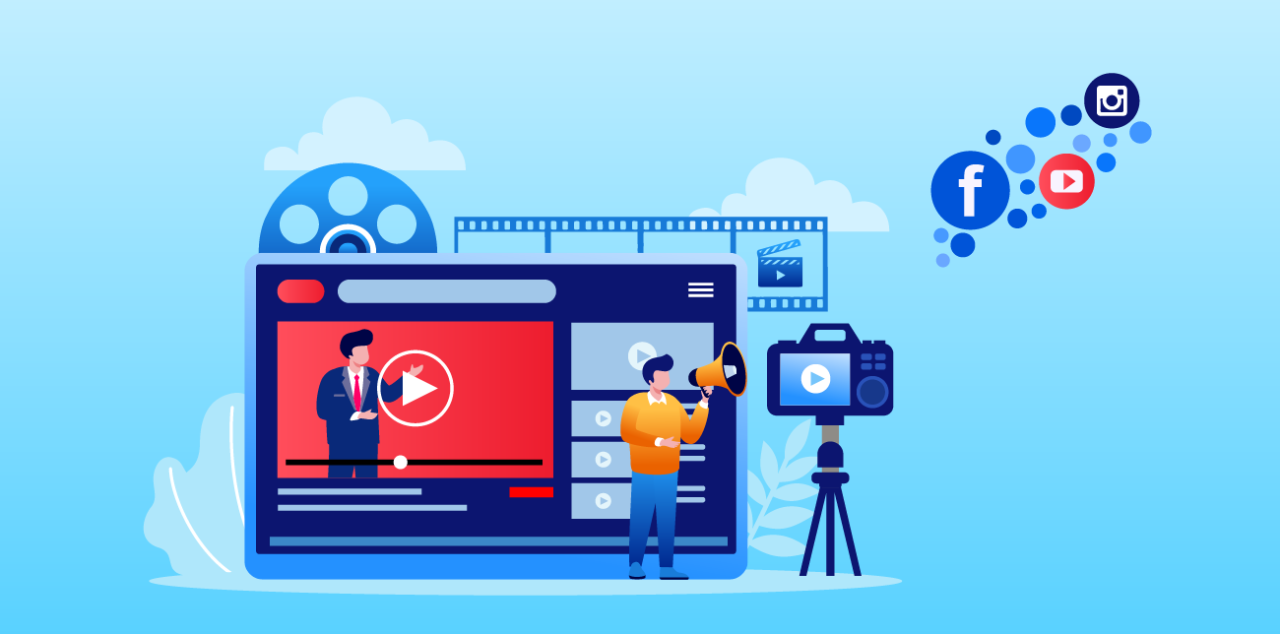Navigating the B2B Paid Media Landscape: Platforms to Consider
In the ever-evolving world of B2B marketing, paid media has become a crucial component of driving awareness, engagement, and conversions. With a plethora of platforms available, businesses must strategically navigate this landscape to maximize their ROI. Here’s a closer look at some of the most effective platforms for B2B paid media and how to leverage them for success.
1. LinkedIn Ads
Why It Matters: LinkedIn is the premier social media platform for professionals, making it an ideal choice for B2B marketers. With over 900 million members, you can reach decision-makers and industry leaders directly.
Ad Formats:
Sponsored Content: Promote your posts to a wider audience to increase visibility and engagement.
LinkedIn Text Ads: Simple yet effective, these ads appear on the sidebar and can drive traffic to your landing pages.
InMail Ads: Send personalized messages directly to LinkedIn members’ inboxes, ensuring your message gets noticed.
Best Practices: Utilize LinkedIn’s robust targeting options to reach specific industries, job titles, and company sizes. Create engaging content that speaks to the pain points and interests of your target audience.
2. Google Ads
Why It Matters: Google Ads is a powerful tool for capturing intent-driven traffic. As businesses search for solutions, your ads can appear at the right moment, driving leads directly to your site.
Ad Formats:
Search Ads: Text-based ads that appear on Google search results when users search for relevant keywords.
Display Ads: Visual ads displayed on a network of websites, perfect for brand awareness.
Remarketing Ads: Target users who have previously visited your site, encouraging them to return and convert.
Best Practices: Conduct thorough keyword research to identify high-intent keywords relevant to your business. Continuously optimize your ad copy and landing pages for better conversion rates.
3. Facebook Ads
Why It Matters: While Facebook is often seen as a B2C platform, it can also be highly effective for B2B marketing. With a vast user base, you can reach potential customers where they spend their time.
Ad Formats:
Carousel Ads: Showcase multiple products or services in a single ad, allowing users to swipe through them.
Lead Generation Ads: Capture leads directly within the platform, simplifying the process for potential customers.
Best Practices: Utilize custom audiences to retarget users who have interacted with your brand. Create visually appealing content that highlights your value proposition.
4. Twitter Ads
Why It Matters: Twitter allows for real-time engagement and is an excellent platform for sharing industry news and insights. B2B brands can build relationships and authority in their niche.
Ad Formats:
Promoted Tweets: Boost the visibility of your tweets to reach a larger audience.
Twitter Cards: Share rich media experiences, such as videos or images, to drive engagement.
Best Practices: Use Twitter’s advanced targeting options to reach specific demographics and interests. Engage with users by responding to comments and participating in industry conversations.
5. YouTube Ads
Why It Matters: Video content is becoming increasingly important in B2B marketing. YouTube allows businesses to create engaging video ads that can showcase products, testimonials, or educational content.
Ad Formats:
TrueView Ads: Users can skip these ads after five seconds, making them more relevant for engaged viewers.
Bumper Ads: Short, non-skippable ads (6 seconds) designed for maximum brand recall.
Best Practices: Focus on creating high-quality, informative content that addresses your audience’s challenges. Optimize your video titles and descriptions for SEO to increase visibility.
6. Programmatic Advertising
Why It Matters: Programmatic advertising automates the buying and selling of ad space, allowing for precise targeting and efficiency. It’s ideal for reaching specific B2B audiences at scale.
Best Practices: Work with a programmatic platform that aligns with your business goals. Utilize data analytics to optimize campaigns and adjust targeting strategies in real-time.
Conclusion
Navigating the B2B paid media landscape can be complex, but understanding the strengths of each platform will help you create a targeted and effective strategy. By leveraging platforms like LinkedIn, Google Ads, Facebook, Twitter, YouTube, and programmatic advertising, you can reach your desired audience, drive engagement, and ultimately achieve your business goals. As you explore these options, continuously test and optimize your campaigns to ensure you’re getting the best possible results. Happy advertising!
- Written by: Sanjeev Kumar
- Posted on: October 26, 2024
- Tags: Google Ads, Paid Advertising

